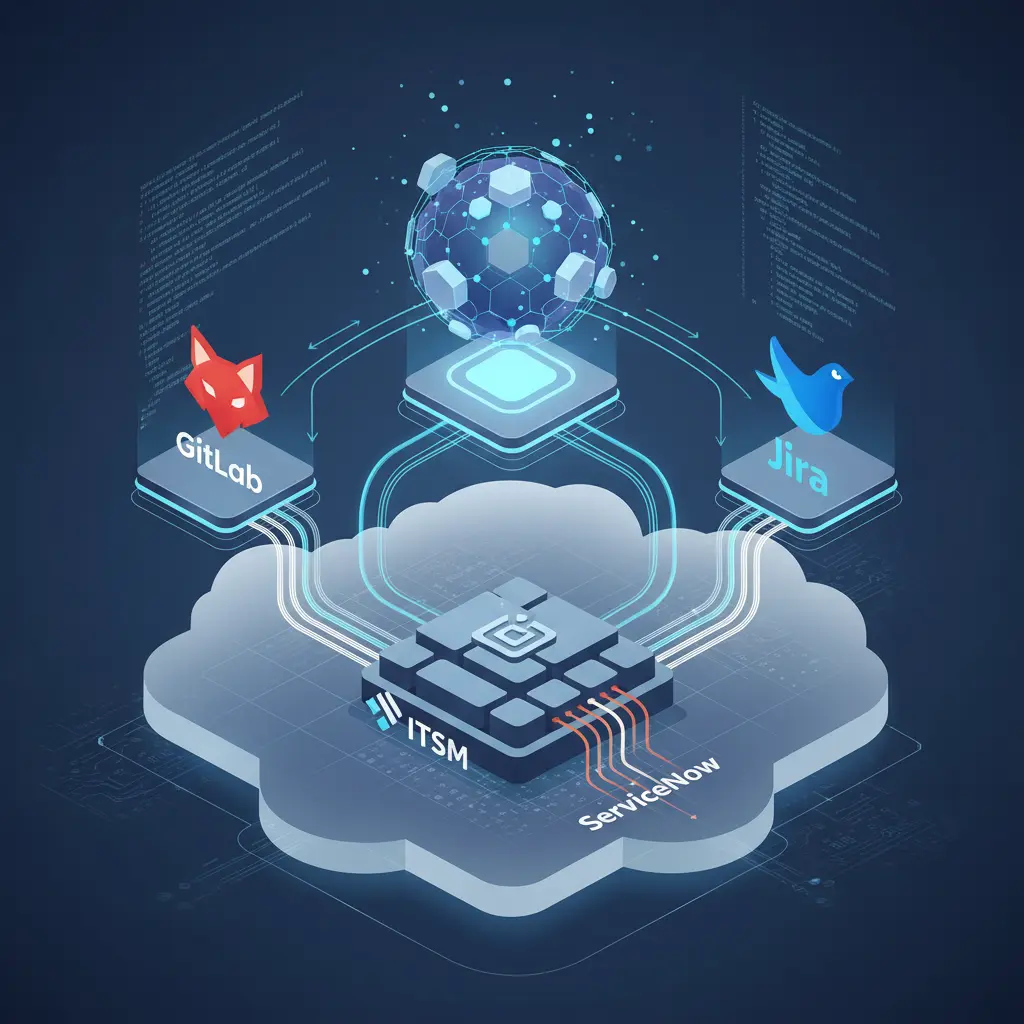ITIL meets DevOps - Modern IT

- Published on

In the fast-paced IT world, it's crucial for businesses to maintain both stability and agility. This is where ITIL and DevOps come into play. While often seen as opposites, these two approaches can complement each other and form a powerful partnership. However, in Germany, companies face a unique challenge: unnecessarily complicated processes arising from often misinterpreted regulations.
The Basics: ITIL and DevOps Overview
- ITIL: An established framework that provides best practices for IT service management (ITSM). It focuses on standardized processes, documentation, and control to ensure stable and reliable IT operations.
- DevOps: A culture and set of practices that bring development (Dev) and operations (Ops) together. DevOps emphasizes collaboration, automation, and continuous improvement to enable fast and frequent software releases.

Major Challenges in Companies
Silo Mentality and Fragmented Tool Landscapes: In large companies, individual departments often deal with parts of ITIL processes in isolation. This artificial separation leads to a lack of communication and collaboration, which impairs the efficiency and effectiveness of IT service delivery. Often, complex tool landscapes emerge where different tools are used for different ITIL processes. These tools are often not integrated with each other and cannot seamlessly exchange data, leading to duplication of effort, inconsistencies, and delays.
Lack of Transparency and Control: The lack of integration of tools and processes with development departments leads to a lack of transparency and control over the entire IT service lifecycle. It is difficult to track the status of changes, incidents, or service requests, which leads to delays in problem resolution and an increased risk of errors.
Where ITIL and DevOps Meet: Important Interfaces
The integration of GitLab/GitHub and ITSM tools (IT Service Management) is a crucial step for efficiency, transparency, and security.
By seamlessly connecting these platforms, real-time transparency is created across the entire development process, from code changes to service delivery. This enables faster response to problems, as developers can access the relevant code directly from the ITSM tool. Duplication of effort and manual errors are reduced, as information is automatically exchanged between the systems.
The integration also improves the traceability of changes and problems, which accelerates root cause analysis and troubleshooting. Security gaps and vulnerabilities can be identified and addressed more quickly, as information can be captured and prioritized directly in the ITSM tool. In addition, companies benefit from optimized resource planning and cost transparency, as they can accurately track the resource consumption of individual applications.
Overall, the integration of GitLab/GitHub and ITSM tools leads to improved collaboration between development and IT operations, greater efficiency and transparency in IT processes, and increased security and performance of applications. Companies that leverage this integration are better equipped to respond quickly to change and deliver high-quality IT services.